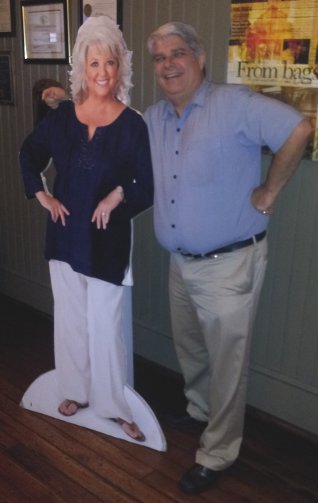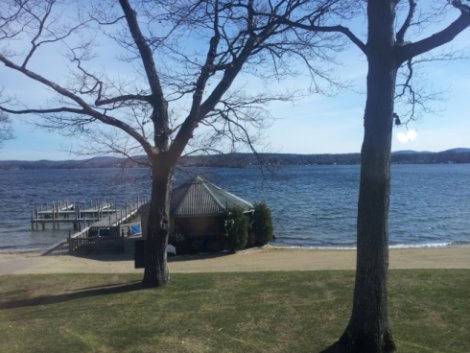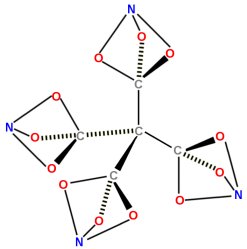It’s that time of year again. Most students who attend public and private schools have started classes or are just about to start them. Even many home educated students take a summer break from their academic work and are facing the same situation. While there have been many different “back to school” articles written over the past few weeks, I think this one offers one of the more interesting messages. It talks about doubt and how you should not suppress it in your students.
The article is written by Dr. Kara Powell, who is on the faculty at Fuller Theological Seminary and is also the executive director of the Fuller Youth Institute. She talks about how it is natural for students to have doubts, and the last thing you should do is try to ignore those doubts or sweep them under the rug. Instead, you should encourage your students to express them, and you should address them as best you can. How does she come to this conclusion? She bases it on a study done by the Fuller Youth Institue. I wrote about a preliminary version of the study previously. It has grown since then, and the results are very interesting.
The study in its current form followed 500 youth-group graduates during their first three years in college. One of the main findings was that students who feel free to express doubts about their faith are more likely to be strongly active in their faith than those who do not. As a result, Dr. Powell says:
Doubt in and of itself isn’t toxic. It’s unexpressed doubt that becomes toxic.
That’s why she says that you need to foster an environment where students feel comfortable expressing their doubts. I couldn’t agree more.
Continue reading “Back To School? Add Doubt to Your Curriculum.”





